Jonathan M. Spring
On managing vulnerabilities in AI/ML systems
Jan 22, 2021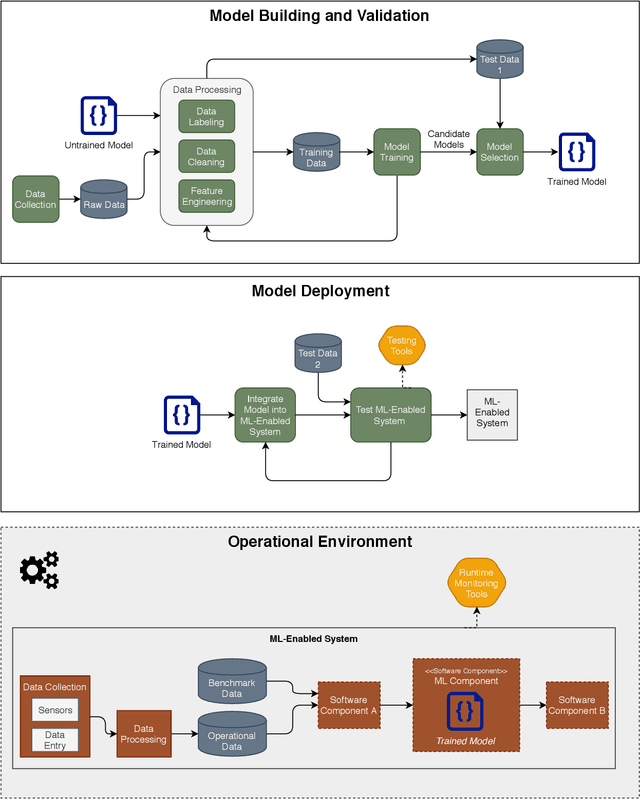
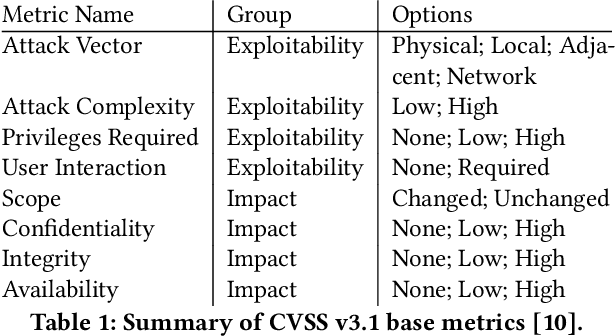
Abstract:This paper explores how the current paradigm of vulnerability management might adapt to include machine learning systems through a thought experiment: what if flaws in machine learning (ML) were assigned Common Vulnerabilities and Exposures (CVE) identifiers (CVE-IDs)? We consider both ML algorithms and model objects. The hypothetical scenario is structured around exploring the changes to the six areas of vulnerability management: discovery, report intake, analysis, coordination, disclosure, and response. While algorithm flaws are well-known in the academic research community, there is no apparent clear line of communication between this research community and the operational communities that deploy and manage systems that use ML. The thought experiments identify some ways in which CVE-IDs may establish some useful lines of communication between these two communities. In particular, it would start to introduce the research community to operational security concepts, which appears to be a gap left by existing efforts.
Learning the Associations of MITRE ATT&CK Adversarial Techniques
May 12, 2020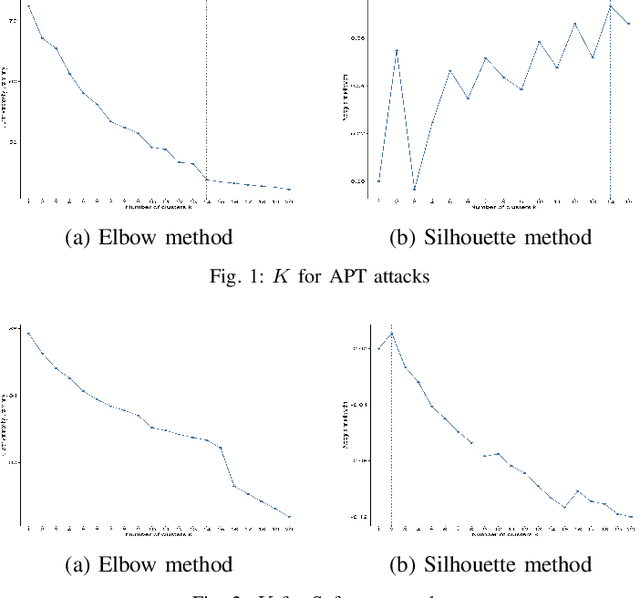
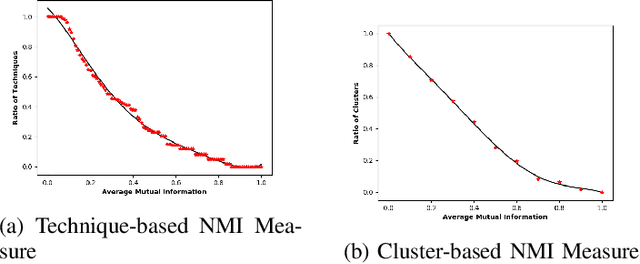
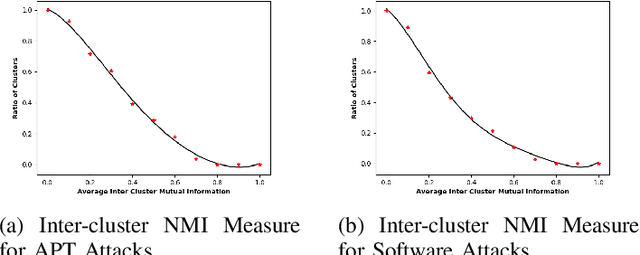
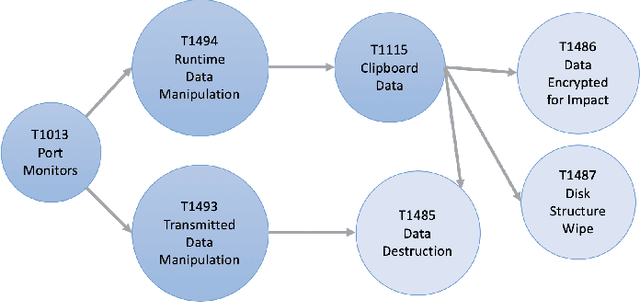
Abstract:The MITRE ATT&CK Framework provides a rich and actionable repository of adversarial tactics, techniques, and procedures (TTP). However, this information would be highly useful for attack diagnosis (i.e., forensics) and mitigation (i.e., intrusion response) if we can reliably construct technique associations that will enable predicting unobserved attack techniques based on observed ones. In this paper, we present our statistical machine learning analysis on APT and Software attack data reported by MITRE ATT&CK to infer the technique clustering that represents the significant correlation that can be used for technique prediction. Due to the complex multidimensional relationships between techniques, many of the traditional clustering methods could not obtain usable associations. Our approach, using hierarchical clustering for inferring attack technique associations with 95% confidence, provides statistically significant and explainable technique correlations. Our analysis discovers 98 different technique associations (i.e., clusters) for both APT and Software attacks. Our evaluation results show that 78% of the techniques associated by our algorithm exhibit significant mutual information that indicates reasonably high predictability.
 Add to Chrome
Add to Chrome Add to Firefox
Add to Firefox Add to Edge
Add to Edge